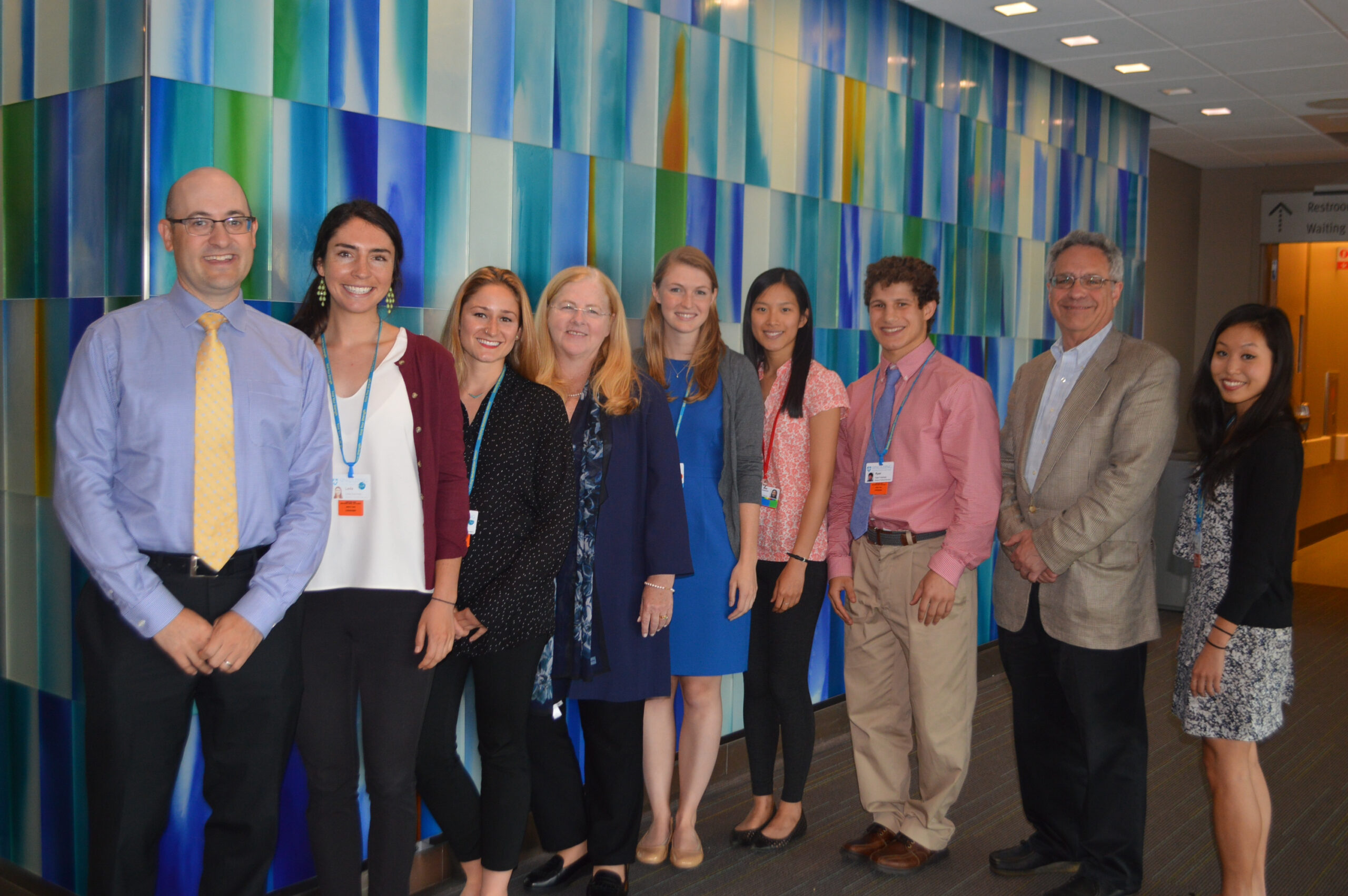
Persons living with traumatic burn injuries often experience complications that impact their mental health, daily functioning, and social and community participation. Jeffrey C. Schneider, MD (left), recently talked with Cheryl Lang and Donna Woonteiler about his new Stepping Strong Injury Prevention Innovator Award project, which uses new data collection technology to better understand burn survivors’ long-term recovery.
Q: Thank you for talking with us today, Dr. Schneider. Before we get into the details of your Stepping Strong project, can you explain what digital phenotyping is?
A: Digital phenotyping is a term coined by colleagues at the Harvard T.H. Chan School of Public Health to describe an emerging field that is focused on assessing people’s health and wellbeing based on their interactions with digital devices such as smartphones.
Q: How will this technology help you evaluate the daily functioning and long-term needs of burn survivors after they leave the hospital?
A: To answer that, it is important to first understand the profound issues and life-long complications that many survivors face. Chronic pain, itch, scarring, mobility, anxiety, depression, social isolation, concern about body image, post-traumatic stress, and financial burden due to the prolonged duration of hospitalization are among the severe challenges burn patients face in the aftermath of their injuries.
By tracking the movement and location data of burn survivors after they are discharged from the hospital, we hope to understand and measure their levels of socialization and community integration. Are these patients getting out of their homes? Working and spending time with friends? How is their recovery progressing? Understanding these variables can help us impact long-term recovery.
“Chronic pain, itch, scarring, mobility, anxiety, concern about body image, and post-traumatic stress are among the severe challenges burn patients face in the aftermath of their injuries … By tracking their movement and location data after they are discharged from the hospital, we hope to understand and measure their levels of socialization and community integration.”
Q: How many patients do you intend to follow? And do you have any insight about how burn survivors might react to this level of behavioral observation?
A: We plan to track 50 burn survivors. Our hope is that by understanding each burn survivor’s recovery in more detail, this will help us better care for patients in the future. While we recognize that this type of data collection may be viewed as intrusive, it is our job to explain the risks and benefits of the project to potential participants and allow them to make an informed choice about whether to participate in this research.
Q: Thanks again, Dr. Schneider, and congratulations on receiving the Stepping Strong Innovator Award. Any last thoughts for our readers?
A: I am very excited to get this research project underway, and grateful to the Stepping Strong Center for its support. By collecting burn survivors’ data through digital phenotyping, our goal is to appreciate unique paths of recovery for persons living with burn injuries and ultimately leverage that understanding to impact outcomes and expand similar types of investigations into the larger trauma population.
